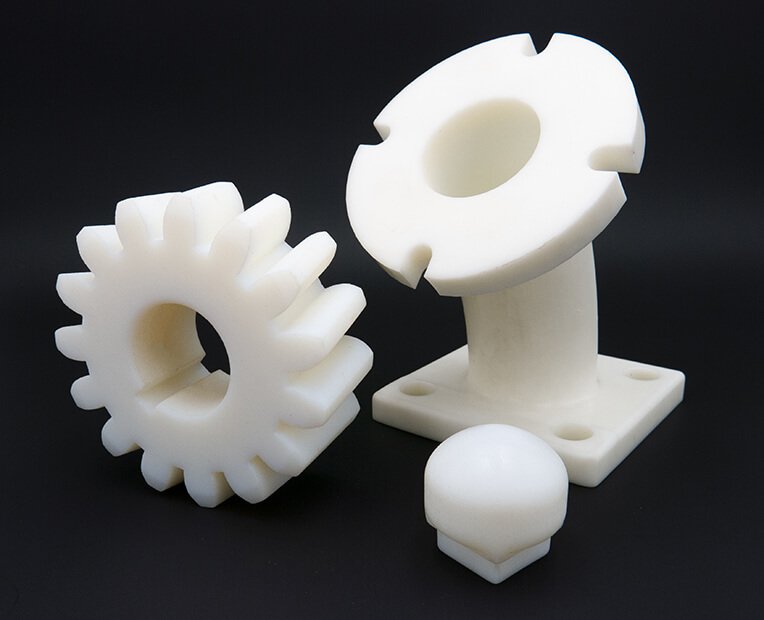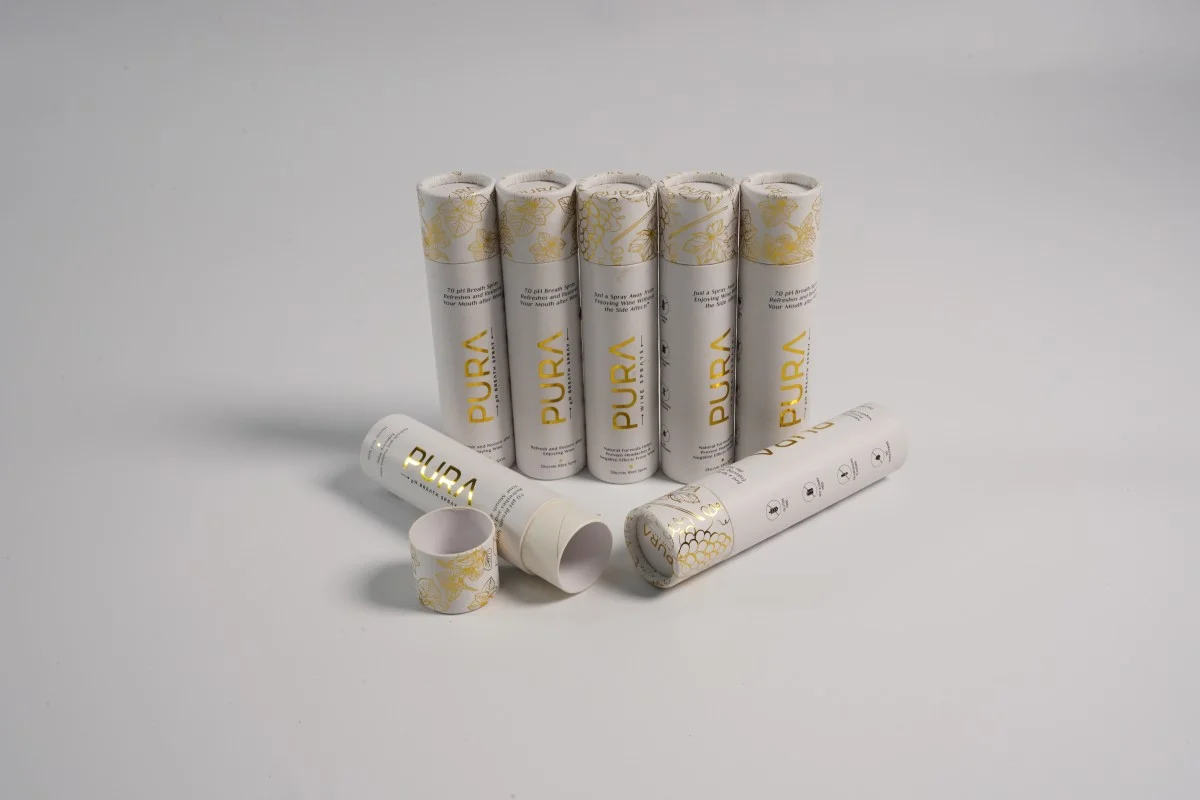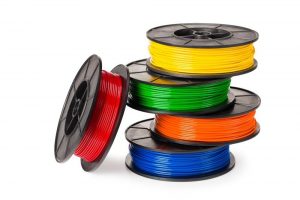As 3D printing technology continues to advance, more and more people are using it to create various objects, including food containers and utensils. However, the question of whether 3D printed plastics are food safe remains a concern for many.
Firstly, it is important to understand that not all plastics are created equal. Some plastics contain harmful chemicals that can leach into food and cause health problems. Therefore, it is crucial to choose the right type of plastic for 3D printing food-related items.
The most commonly used 3D printing materials for food containers and utensils are PLA (polylactic acid) and PET (polyethylene terephthalate). PLA is made from renewable resources such as cornstarch and sugarcane, making it biodegradable and eco-friendly. PET, on the other hand, is a strong and durable plastic commonly used for water bottles and food packaging.
Both PLA and PET are considered food safe by the FDA (Food and Drug Administration) and are widely used in the food industry. However, it is important to note that 3D printed plastics may not be as smooth as traditionally manufactured plastics, which can make them more difficult to clean and potentially harbor bacteria.
Another factor to consider is the printing process itself. 3D printing involves heating and melting plastic, which can release harmful fumes and particles. Therefore, it is important to use a well-ventilated area and wear protective gear when 3D printing food-related items.
In conclusion, 3D printed plastics can be food safe if the right materials are used and proper precautions are taken during the printing process. However, it is important to be aware of the potential risks and to choose reputable sources for 3D printing materials. As with any food-related item, proper cleaning and hygiene practices should also be followed.









+ There are no comments
Add yours